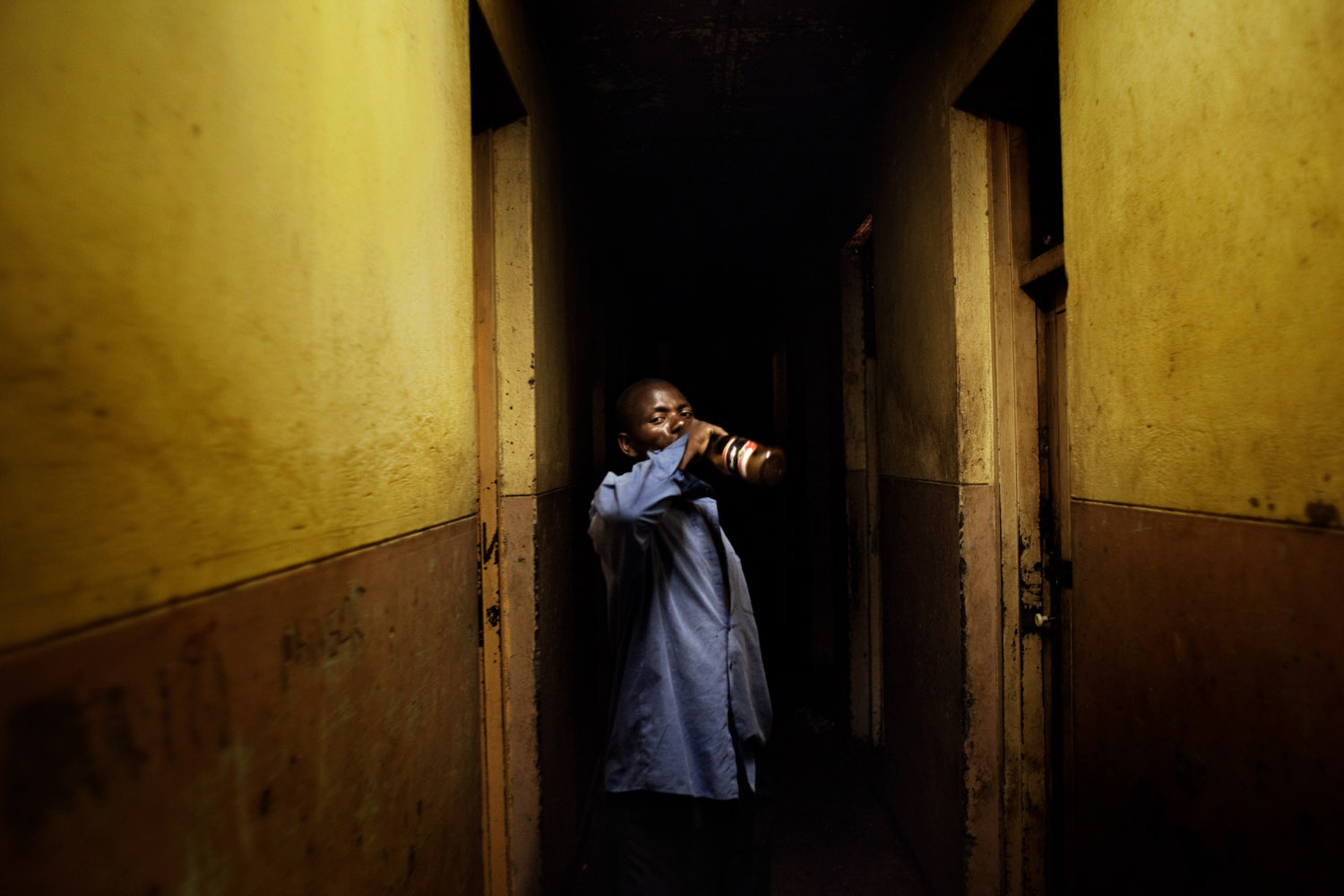
In December 2011 Robin Hammond, then a neighbor of mine in Cape Town, arrived in Zimbabwe for what he’d planned as his longest trip yet to a country, and a story, he knew well – several months documenting that country’s decline. There are worse places in Africa and there are plenty of uplifting stories to be had in Zimbabwe. But in the context of the stunning progress Zimbabwe achieved in its first decade of independence, its collapse over the next two is nonetheless remarkable – and the main reason Robin has covered the country so extensively since 2007. “There are very few countries that have fallen as far as fast as Zimbabwe,” says Robin. “These are educated people with high expectations who are now living in really extreme poverty.”
For months, living on a grant from the Carmignac Foundation, Robin worked his way across the country, getting to know Zimbabweans, living with them, sharing their lives. He discovered a hidden urban poverty that most journalists, myself included, have missed. “Robert Mugabe’s only been screwing it up for 20 years, so there are still some half-decent roads and buildings,” says Robin. “But you get into some of these places and they’re vertical city slums: no power, no water, no jobs. And the atmosphere. I’ve been to Congo and Somalia and all those kinds of places but I don’t think I’ve seen people as scared as the people in Zimbabwe.”
As Robin discovered, there was good reason to fear. In March, as he photographed a farm in the east of the country that had been seized by the regime, he was arrested and held overnight. A few weeks later in mid-April, he was arrested a second time as he tried to take pictures of Zimbabwean refugees crossing the Limpopo River into South Africa. In 2007 I did five days in a Zimbabwean prison in the same part of the country. Robin was held for four weeks. Most of his time was spent in a five-meter-by-10-meter cell with 37 other inmates. The prisoners had a concrete floor to sleep on, blankets infested with lice as their only covering, one toilet between 250 and, for food, slop infested with weevils. Many of his fellow prisoners had been inside for years. Eventually, Robin was deported. “They did a pretty good job of making me feel afraid,” he says.
After arriving in London, then relocating to Paris, Robin began assembling his work. What emerges in these stunning, fearful pictures, now being published in a book and shown at an exhibition which opens this week at Chapelle de l’Ecole Nationale Supérieure des Beaux-Arts in Paris, is an arrestingly original portrait of a country whose nightmare is far from over. Robin’s pictures lay bare in unprecedented fashion the depth of Zimbabwe’s destruction and how, for millions, there is no recovery, nor even much hope of one.
Yet, with a fresh election expected next year, hope persists. Robin says Zimbabwe has taught him a cruel lesson about that: how hope might keep you going, but how it can also be dangerous. Robin learned that for himself in prison. “When you’re told you’re going to be let out that day, then you have to go back to your cell, that can be really depressing,” he says. “You have to set your mind to the idea that you could be there for months.” For Zimbabweans, hope has proved even more perilous, says Robin. A curiosity of Mugabe’s 32-year rule has been how, even as he plundered his country, ruined it, and killed and beat his challengers, he has never extinguished his people’s belief in change. The Zimbabwean President holds elections, shares power with the opposition and negotiates a theoretical transition with Zimbabwe’s neighbors. None of these initiatives have come to anything. But to those who ponder Mugabe’s survival – about why Zimbabweans haven’t staged a second revolution – Mugabe’s repression provides one answer and his careful nurturing of hope the other. Even now, says Robin, “Zimbabweans are eternally optimistic. They always think the next election will be the one to change their lives.” It is a testament to Robin’s art and courage that the way those expectations have been so mercilessly – and so deeply and comprehensively – disappointed has rarely been better captured.
Alex Perry is TIME’s Africa bureau chief.
Robin Hammond is a photojournalist based in South Africa.
National Geographic Magazine will be publishing a story next year that will feature the work from this project. The series will also be on display from Nov. 9 through Dec. 9 at Chapelle de l’Ecole Nationale Supérieure des beaux-arts in Paris, with an opening reception on Nov. 8.


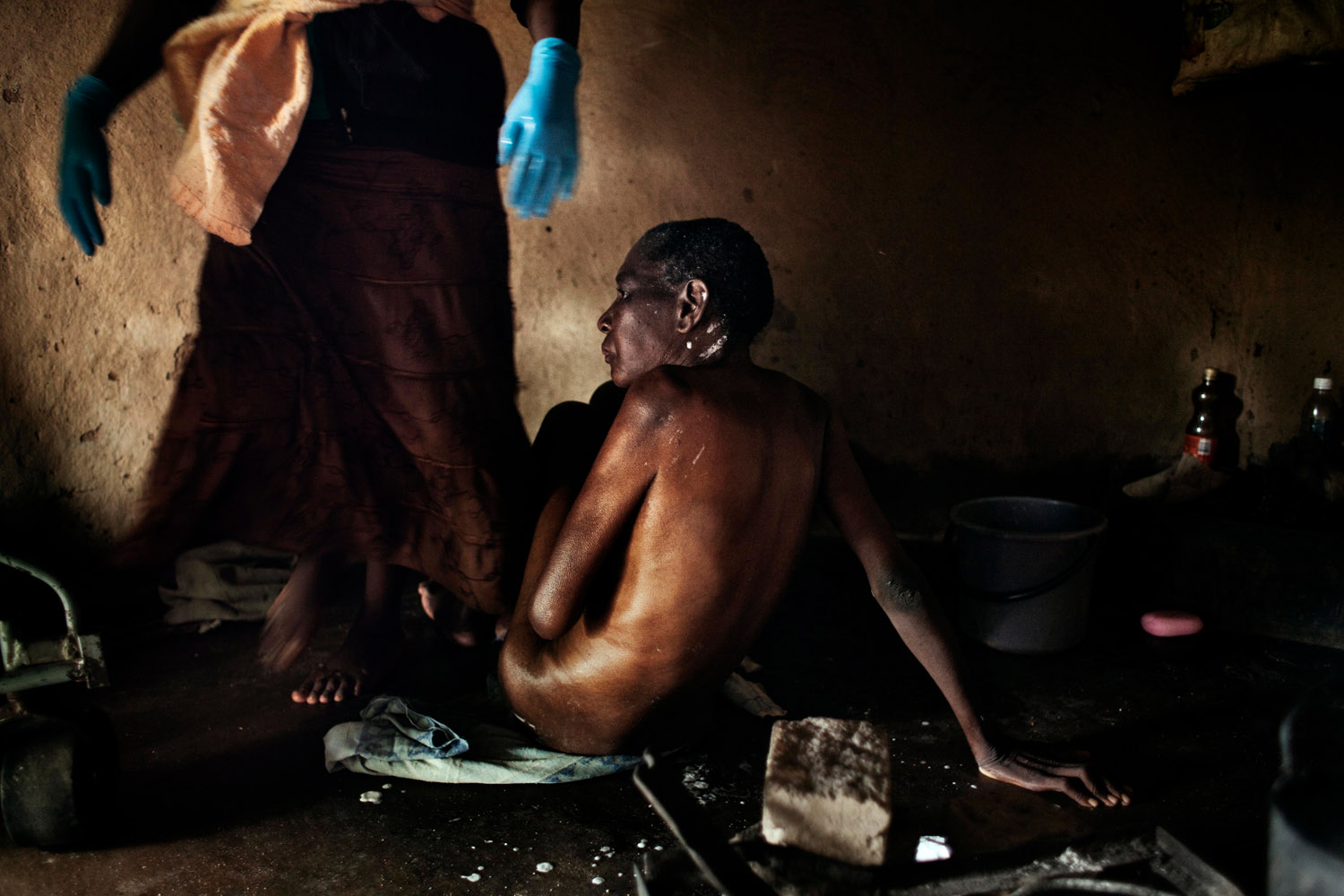
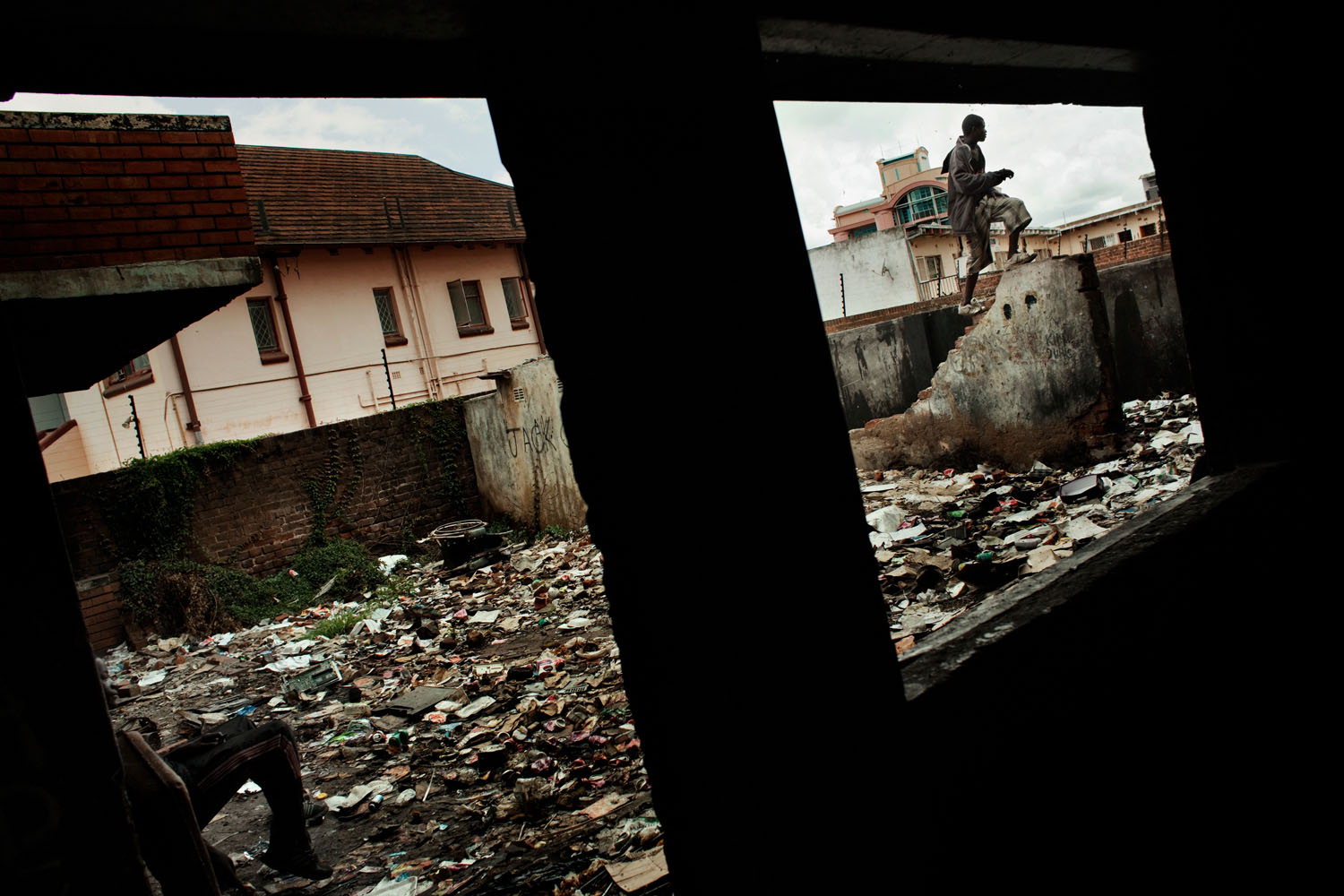

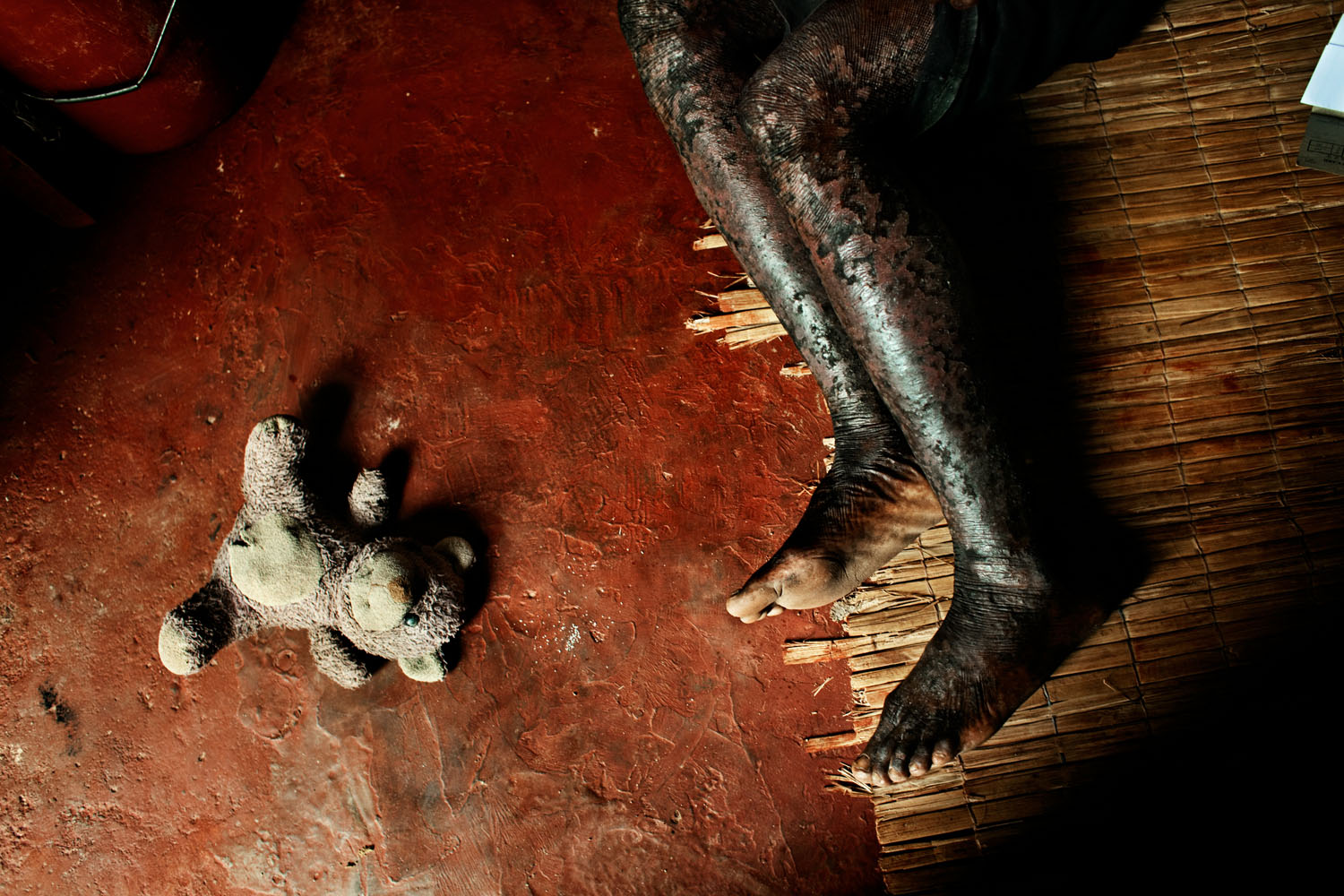

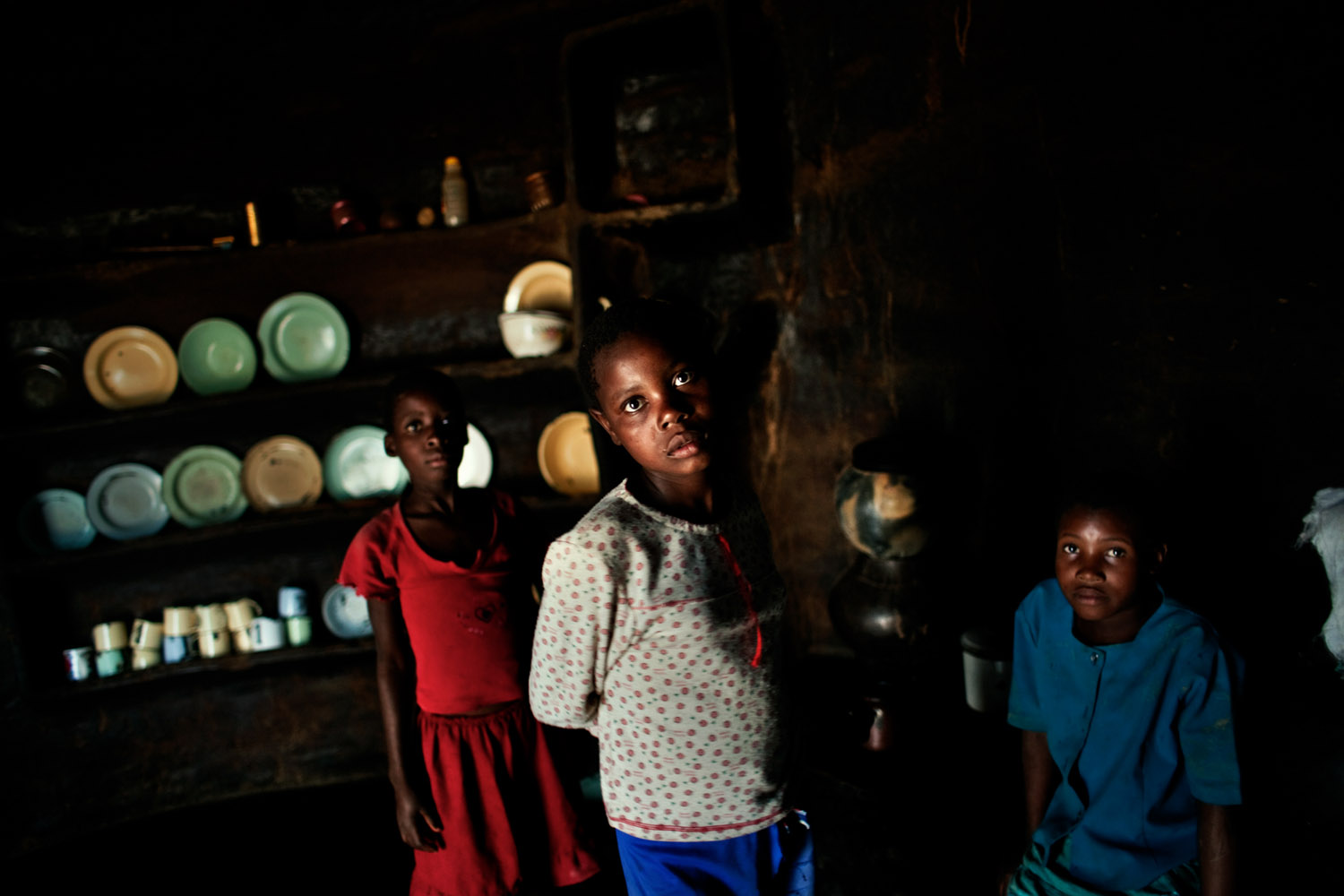
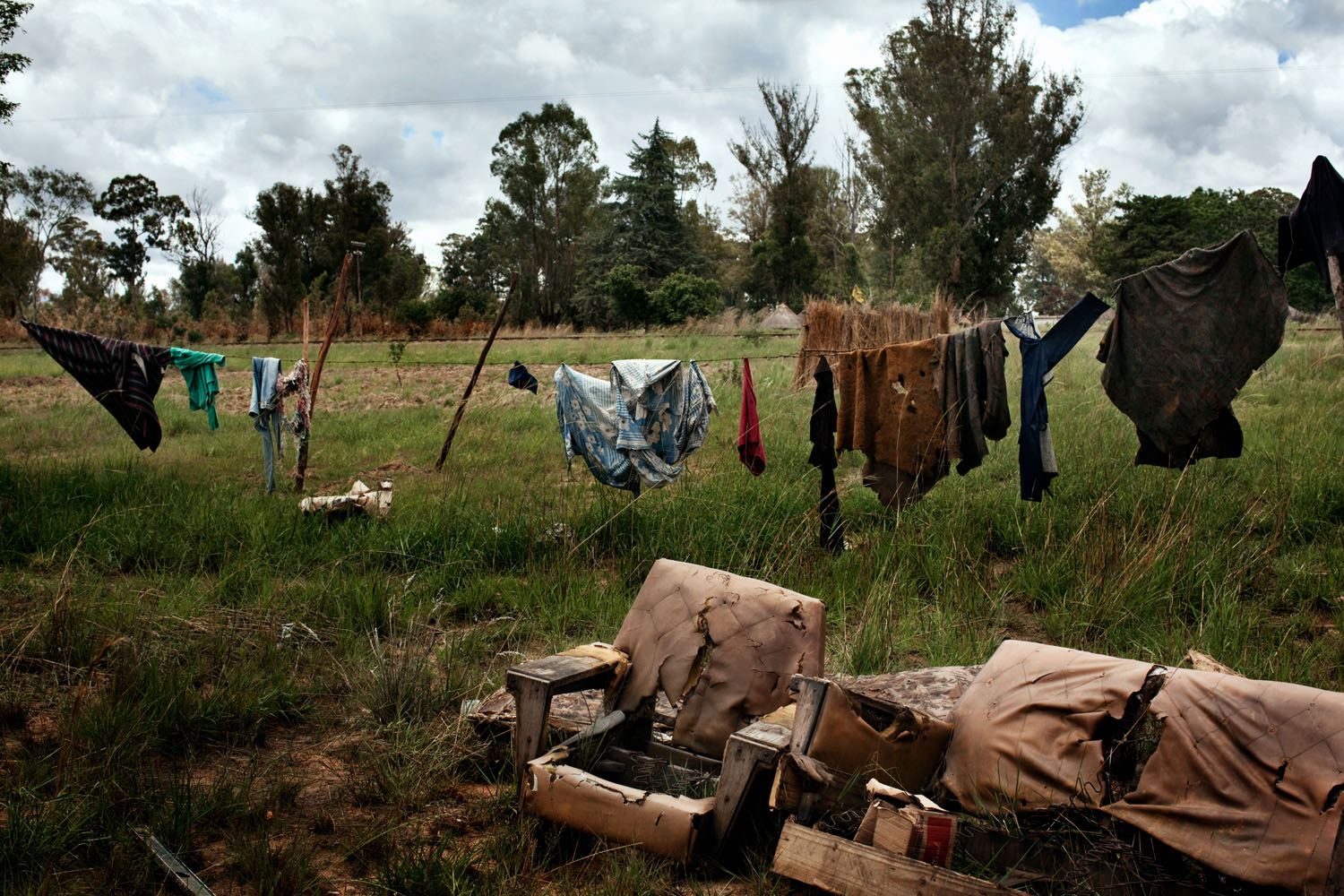
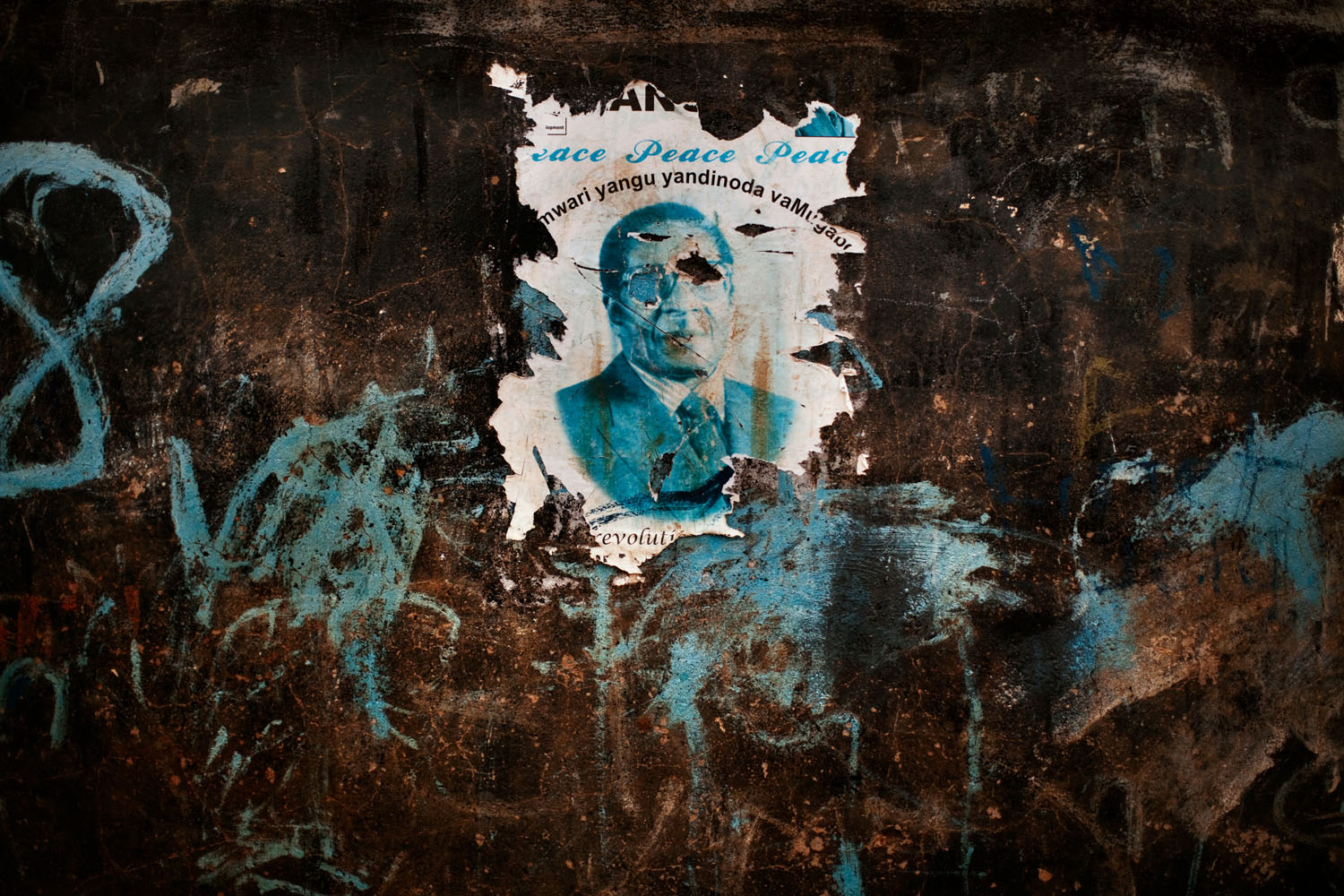
More Must-Reads from TIME
- Donald Trump Is TIME's 2024 Person of the Year
- Why We Chose Trump as Person of the Year
- Is Intermittent Fasting Good or Bad for You?
- The 100 Must-Read Books of 2024
- The 20 Best Christmas TV Episodes
- Column: If Optimism Feels Ridiculous Now, Try Hope
- The Future of Climate Action Is Trade Policy
- Merle Bombardieri Is Helping People Make the Baby Decision
Contact us at letters@time.com